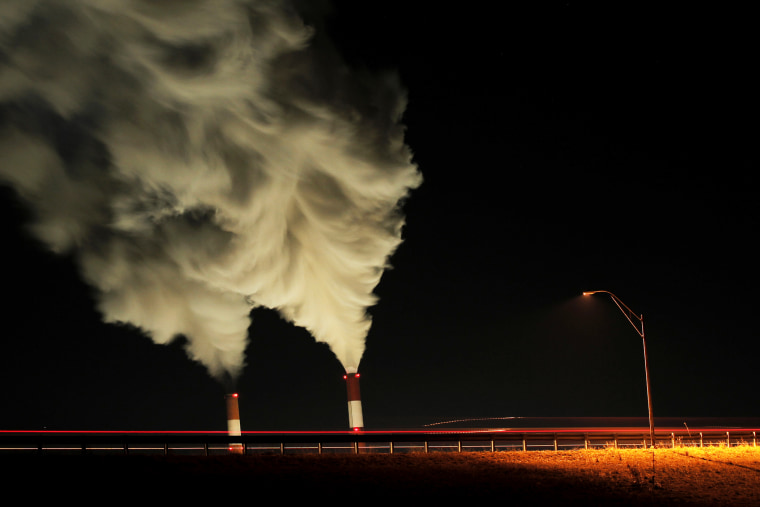States are obligated to meet certain emissions standards under the Clean Air Act, but sometimes pollution from neighboring states affects their ability to meet those standards. Those upwind states are supposed to adopt practices that prevent their pollution from affecting downwind states. That pollution can be nothing short of lethal, a brief filed in the case from the American Thoracic Society noted that "Air pollution measurably and substantially shortens lives." In 2011, the EPA established a rule for how upwind states could reduce the effect of their emissions on downwind states, but several states and cities challenged the rule, arguing that the EPA's determination for who should reduce emissions and how wasn't exactly proportionate to the amount of pollution each state was producing. Scientific experts said that the nature of air pollution, which is affected by things like wind, atmospheric conditions, and humidity made that standard scientifically impossible to meet -- sometimes reducing a state's contribution to air pollution in one state will also significantly reduce its contribution to a third state.
Because soot and ozone from power plants don't respect borders, states are required by the Clean Air Act to establish plans to avoid "significantly" polluting their neighbors. If the E.P.A. decides a state's plan isn't adequate, or if a state doesn't establish one at all, the agency must make its own plan. That's what it did in 2011, using a formula that required polluting states to reduce emissions by the cheapest method possible. Industry groups and 14 "upwind" states complained that the new rule charged them for more than their fair share of pollution. But it isn't technologically possible to determine exactly how much pollution each state contributes to any other state.
